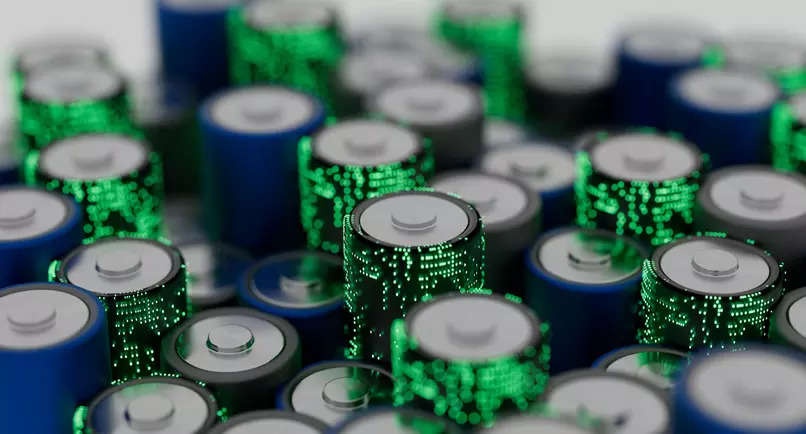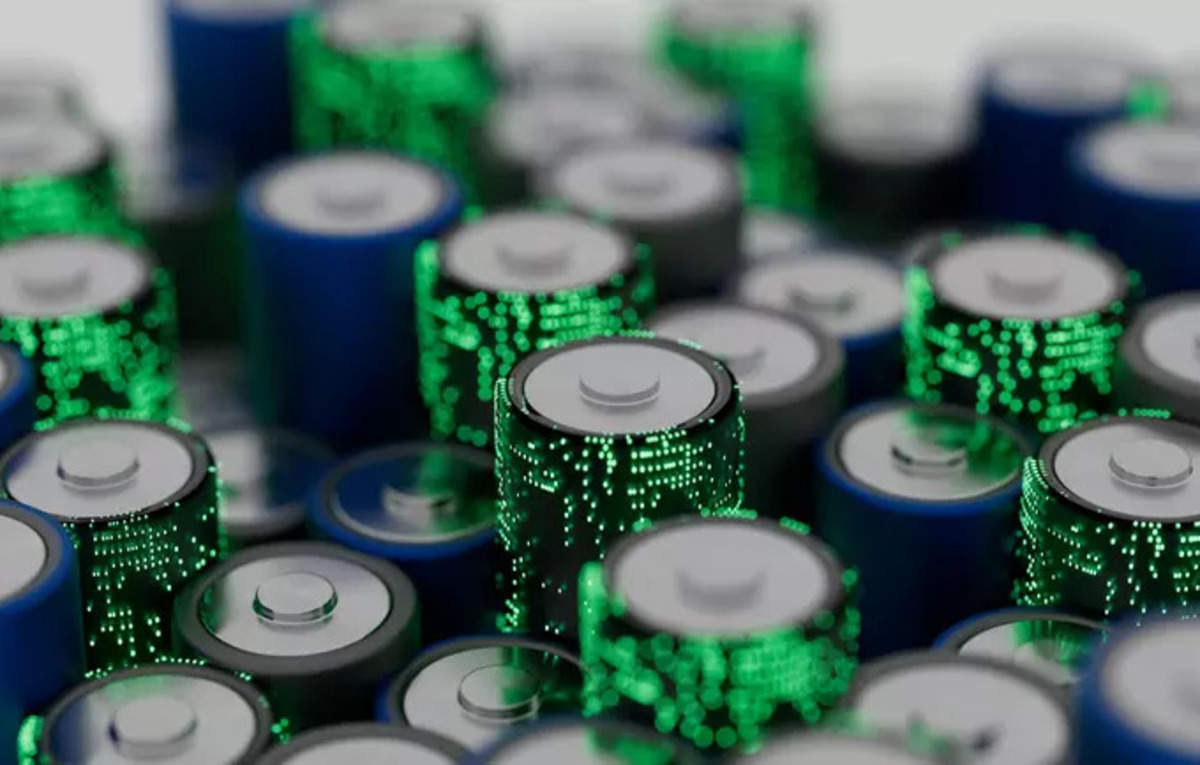
India has committed to achieving net zero emissions by 2070. Given the country’s heavy dependence on coal for power generation, it is determined to accelerate the growth of its renewable energy sector, including solar and wind power generation, as well as energy storage systems. Currently, Lithium-ion batteries dominate the global energy storage market, accounting for about 80% of total storage capacity. Despite India’s impressive progress in renewable energy production, with capacity at its peak and increasing at an unprecedented rate, there is a similar trend of reliance on batteries for energy storage systems. However, the application of batteries is currently limited to small-scale uses, such as electric vehicles and rooftop solar systems. On a larger scale, pumped-hydro systems are still the go-to technology for energy storage.Cryogenic energy storage systems have the potential to address the gap between the required energy storage capacity and the current availability of technologies. It is a large-scale system, sustainable, low-Carbon technology with a long lifetime, independent of location, and easy to transport. Not only can it work in the vicinity of renewable energy generation plants, but it can also be used for transporting the produced energy and delivering it to far-off places. No energy storage system has such a capability. The reason is the storage medium, which is liquid air. It is easy to pressurize that liquid air and transport it through insulated pipelines, and even with insulated tankers. This will massively reduce dependencies on costly infrastructures for high voltage transmission lines to bring the power generated in remote locations to the end users. This is where countries like India can benefit in terms of the lack of available funding for building such costly infrastructures.Moreover, India’s plan for green hydrogen is mostly dependent on renewable energy such as solar and wind. Production of green hydrogen requires a supply of water. However, large renewable energy sources are generally near deserts or places with low water availability. In addition, the problem with the storage of hydrogen at high pressure is one of the biggest challenges that India will be facing. Therefore, cryogenic energy storage may find its application there also for it being a decoupled system in nature. By decoupled energy storage system, it means that the charging and discharging systems need not be together in the same place. Therefore, at the source of renewable energy, the charging system can be placed and the produced liquid can be transported to any faraway locations where the availability of water is there. The discharging system can be installed near sources of water, like rivers or lakes, or any other water body to regenerate the power and produce green hydrogen for distribution.India is also an importer of natural gas for its gas power plants. It imports it in the form of liquefied natural gas through different ports all around the country. The liquefied natural gas at the terminals is gasified and compressed to send to the locations of its use. Cryogenic energy storage systems may find their applications there too. The liquefied natural gas is gasified using mostly seawater and thereby leads to the wastage of valuable cold. Cryogenic energy storage systems can store that cold and utilize it for various purposes including producing power, providing refrigeration to large data centers, CO2 capture, etc. The author, at Anant National University, is working towards developing such storage systems to store the cold that is wasted at the terminals. We have estimated that 1939 MW or approximately 2 GW of cold may be wasted during the regasification of the LNG received in terminals in India after all the planned terminals start operating. This loss, however, amounts to 1.5 GW for existing terminals. Using cryogenic energy storage systems, approximately, 500 MW of electricity may be produced using this amount of waste cold at the existing terminals with a further 100 MW of added electricity with the installation of the three new planned terminals.
In order to make the most of the potential benefits offered by cryogenic energy storage systems, India should consider investing in studying its true potential, feasibility, and development of the country’s own technology in this area. This would involve implementing appropriate policy changes and allocating funds towards the establishment of research facilities for creating pilot-scale and technology demonstration towards a truly sustainable energy storage system.


